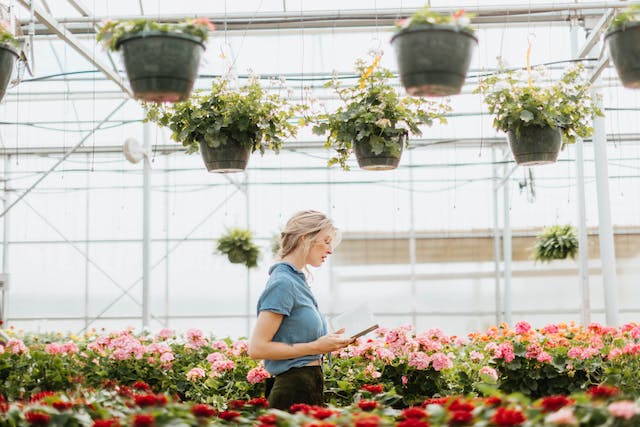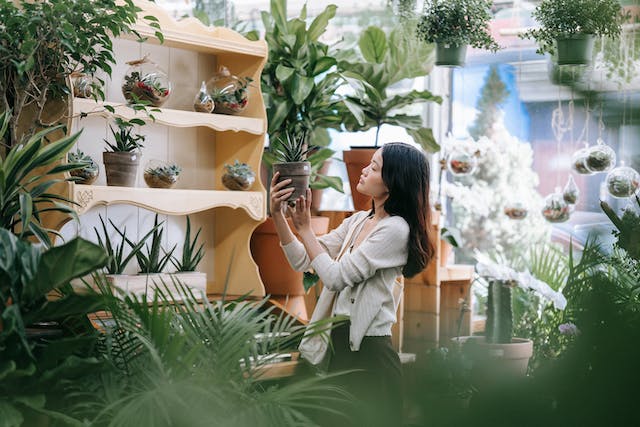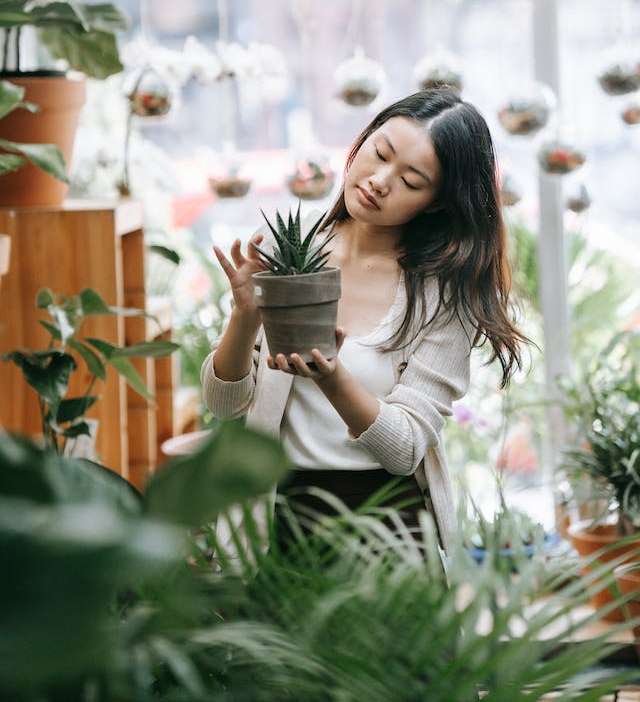Growing Vegetables And Herbs In A Small Backyard Area
Growing vegetables and herbs do not require a lot of space – in fact, even the complete absence of a personal plot is not an obstacle for it because often just the presence of a flower pot, soil, water and sunlight is enough. Moreover, breeders are aware of the desire of “home gardeners” to get a good harvest in a small area and are breeding varieties that can grow in limited space or even grow on a windowsill all year round.
Small Garden Plot
In the past, gardening was like the “poor relative” of decorative floriculture. There were borders of perennial flowers in the foreground and large, untidy vegetable gardens hidden in the backyard, intended only for food production, not beauty.
Plant Breeding
Nowadays, when vegetables have taken a more significant place on the table, they are gaining more and more respect in the gardening world. With an increase in interest in them from “home gardeners,” there has been a surge in both the planting of seeds of non-hybrid varieties and the breeding of new hybrid varieties, the features of which are the colourfulness of the fruits, ethnic orientation and compactness.
Having a large free area is not a prerequisite for creating a vegetable garden. What it really requires is good soil, plenty of sunlight, a source of water, and perhaps a fence since wild animals will be very keen to visit the new bed.
If you have a sunny patch of space in your yard or even on your patio, you can most likely grow herbs and vegetables. Below, we will tell you how to get started.

Selecting A Location
Lorem ipsum dolor sit amet, consectet
When choosing a place to grow vegetables, the following aspects should be taken into account:
ur adipiscing elit. Ut elit tellus, luctus nec ullamcorper mattis, pulvinar dapibus leo.
Solar Lighting
Vegetable crops should be exposed to sunlight for at least six hours a day – if this condition is not met, the fruits will not ripen, and the plants will experience stress. However, there are appropriate plant species that can be grown in light shade – these include, for example, greens (particularly lettuce) and brassicas (particularly broccoli).

Water
Vegetable crops also require regular watering; if this is not provided, the vegetables will not become heavy, and some (for example, tomatoes) may even crack if they are suddenly filled with water after a prolonged lack of water.
You can’t rely on rain alone. If you have available funds, you can install a drip irrigation system, which will be a definite plus when cultivating a garden. New modular systems are really quite easy to install and are much cheaper than many people think. In addition, you will save money on water since it will flow directly to the roots of the plants, resulting in less evaporation.
In this regard, even a simple “oozing” hose is better than a spray (sprinkler) system, which heavily moistens the leaves, creating the risk of rotting and wilting of plants and their damage by fungal diseases.
If you do not want to use drip irrigation, then place your garden near a water tap – it will be easier for you to force yourself to water if you don’t have to drag the hose or watering can too far.
The Soil
This aspect is very important – vegetable crops require soil rich in organic matter. The quality of the soil is of great importance for all plants, but for vegetable crops -especially since the taste of the fruit depends on it. In particular, it is precisely because of the quality of the soil that the taste of wine made from the same grape variety but grown in different regions and the degree of spiciness of pepper grown in different places differ.
If you can provide enough sunlight and water and good soil quality, you will be able to grow a vegetable garden.

